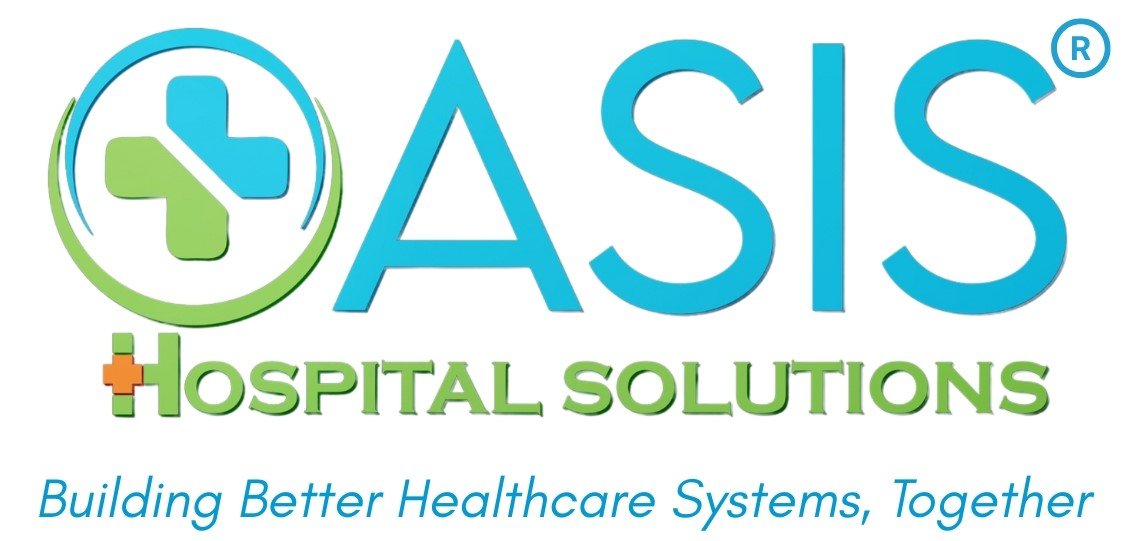Root Cause Analysis ( RCA)

Root Cause Analysis ( RCA)
Root Cause Analysis (RCA) is a systematic approach used in the healthcare industry to identify and understand the underlying causes of adverse events, medical errors, or near-misses. It aims to uncover the factors and processes that contribute to these incidents, with the goal of preventing their recurrence and improving patient safety.
Here are the key steps involved in performing a root cause analysis in the healthcare industry:
Begin by identifying the adverse event or incident that needs to be investigated. This could be a patient harm, a medical error, a near-miss, or any other significant event that requires analysis.
Identify the event
Form a multidisciplinary team consisting of individuals who are knowledgeable about the event and possess expertise in different areas, such as healthcare providers, administrators, quality improvement specialists, and relevant staff members.
Assemble a team
Gather all available data and information related to the event. This may include medical records, incident reports, witness statements, policies and procedures, and any other relevant documentation. It is important to obtain a comprehensive and accurate picture of the incident.
Collect Data
Create a timeline of events leading up to the incident, starting from the initial patient encounter. Include details such as actions taken, decisions made, and the sequence of events. This helps in understanding the chronology and identifying potential contributing factors.
Timeline development
Analyze the collected data to identify the contributing factors that led to the event. These factors can be categorized into three main types: human factors (e.g., communication breakdown, inadequate training), system factors (e.g., faulty equipment, flawed processes), and organizational factors (e.g., inadequate policies, lack of resources).
Identify contributing factors
Once the contributing factors are identified, dig deeper to determine the root causes that underlie them. Root causes are the fundamental reasons or systemic failures that allowed the contributing factors to exist or persist. It is crucial to go beyond immediate causes and identify underlying issues to implement effective preventive measures.
Determine root causes
Based on the identified root causes, the RCA team should develop actionable recommendations for addressing and preventing similar incidents in the future. These recommendations may involve changes in policies, procedures, training programs, communication protocols, or other areas of improvement.
Generate Recommendations
Once the recommendations are developed, it is essential to implement them effectively. Assign responsibility for executing the proposed changes, establish timelines, and monitor the progress. Additionally, ongoing monitoring and feedback mechanisms should be put in place to evaluate the effectiveness of the implemented improvements.
Implement and monitor improvements
Throughout the RCA process, maintain comprehensive documentation of the analysis, findings, recommendations, and actions taken. This documentation serves as a reference for future analyses and provides a valuable resource for organizational learning and quality improvement efforts.
Documentation and reporting
Emphasize a culture of continuous learning and improvement within the healthcare organization. Encourage staff to report incidents, near-misses, and potential hazards, and ensure that RCA findings are disseminated to relevant stakeholders to facilitate organizational learning and prevent future occurrences.
Continuous Learning
By conducting thorough root cause analyses, healthcare organizations can gain valuable insights into the factors contributing to adverse events and take proactive measures to improve patient safety, enhance quality of care, and reduce the likelihood of similar incidents in the future
